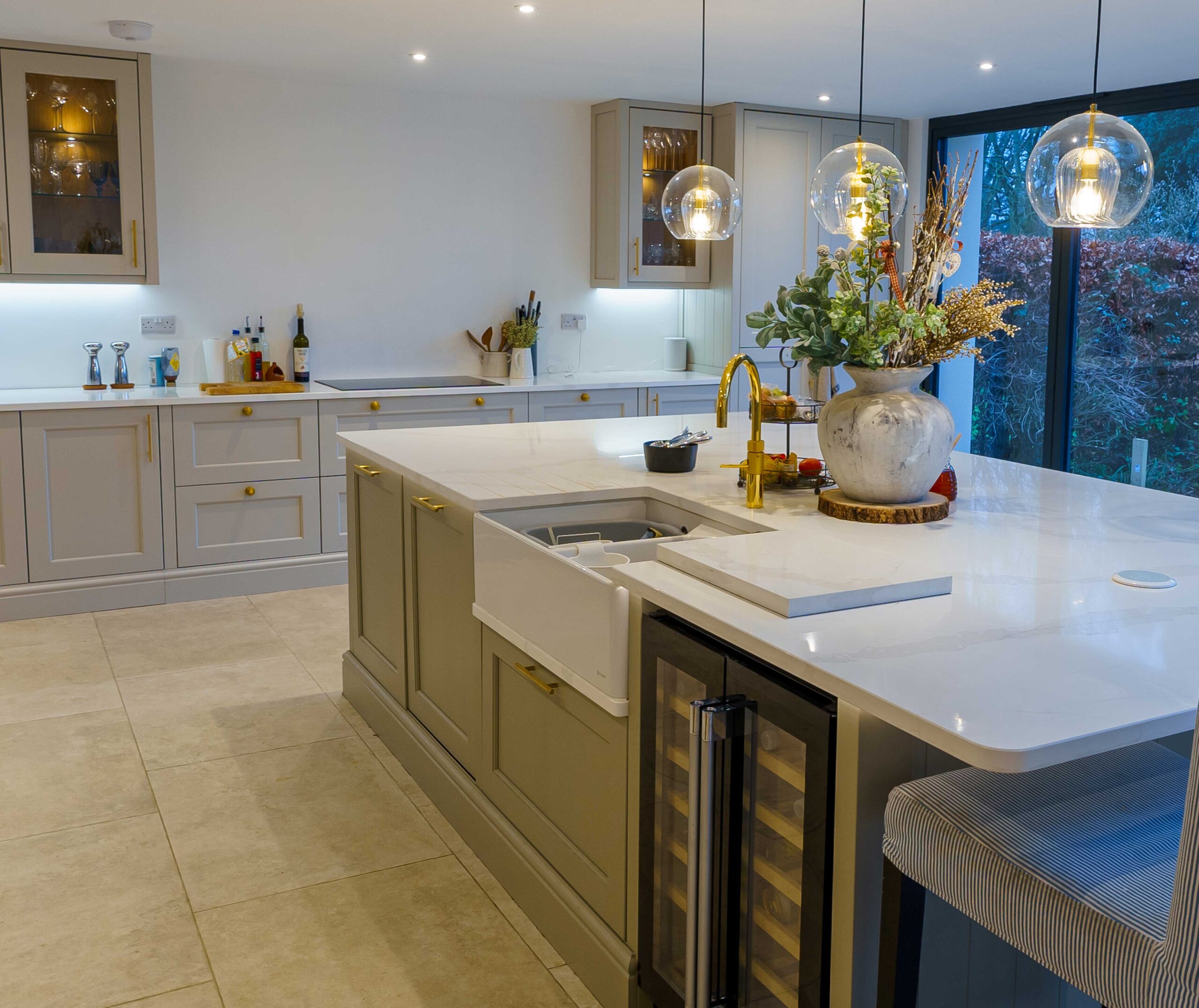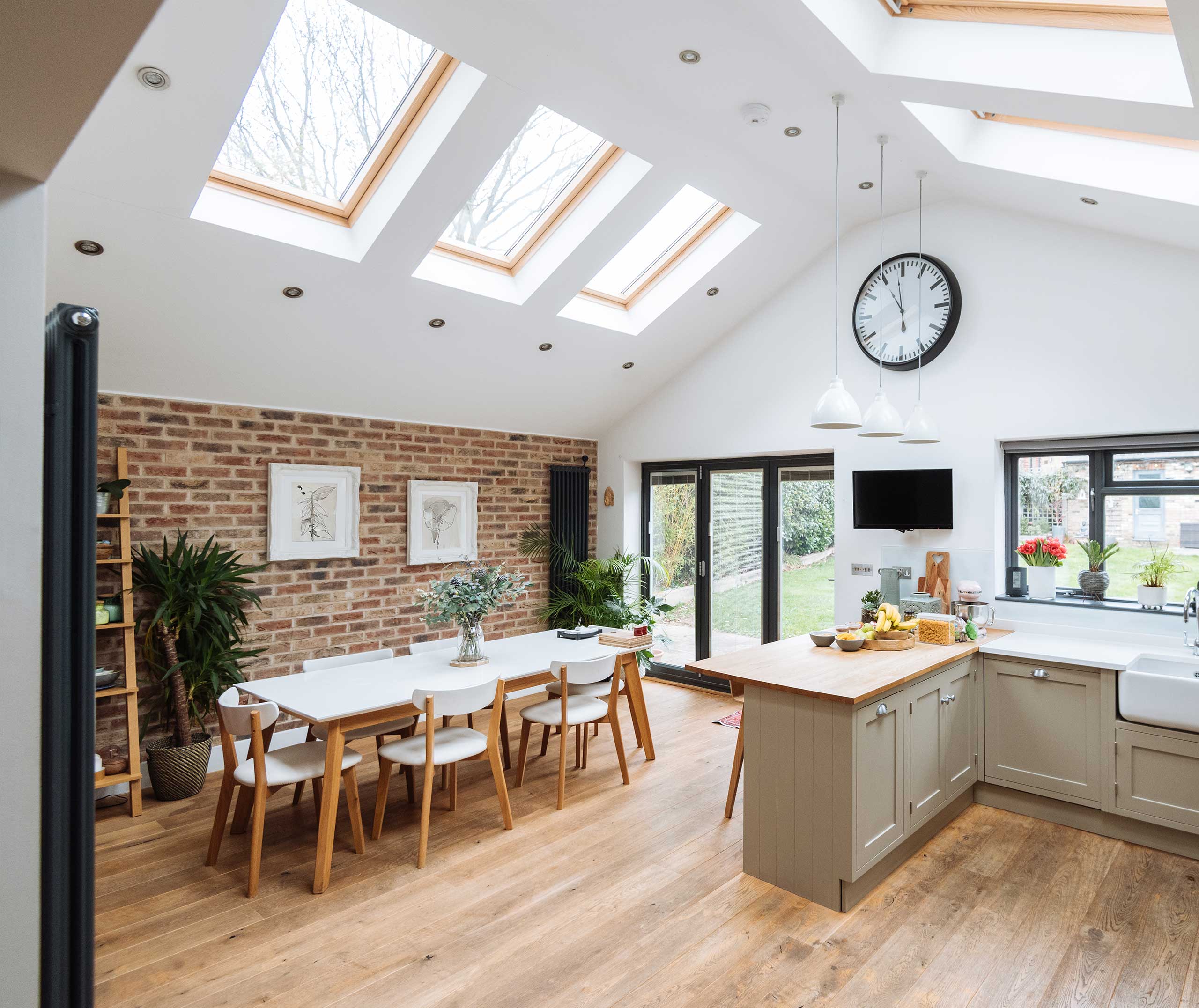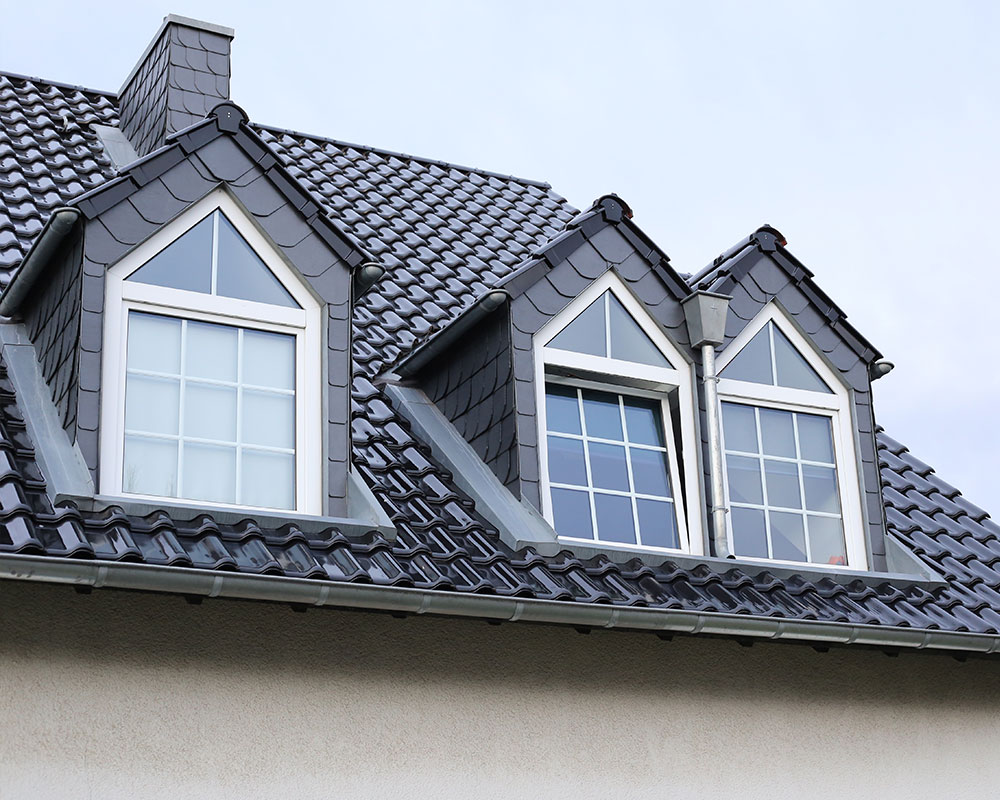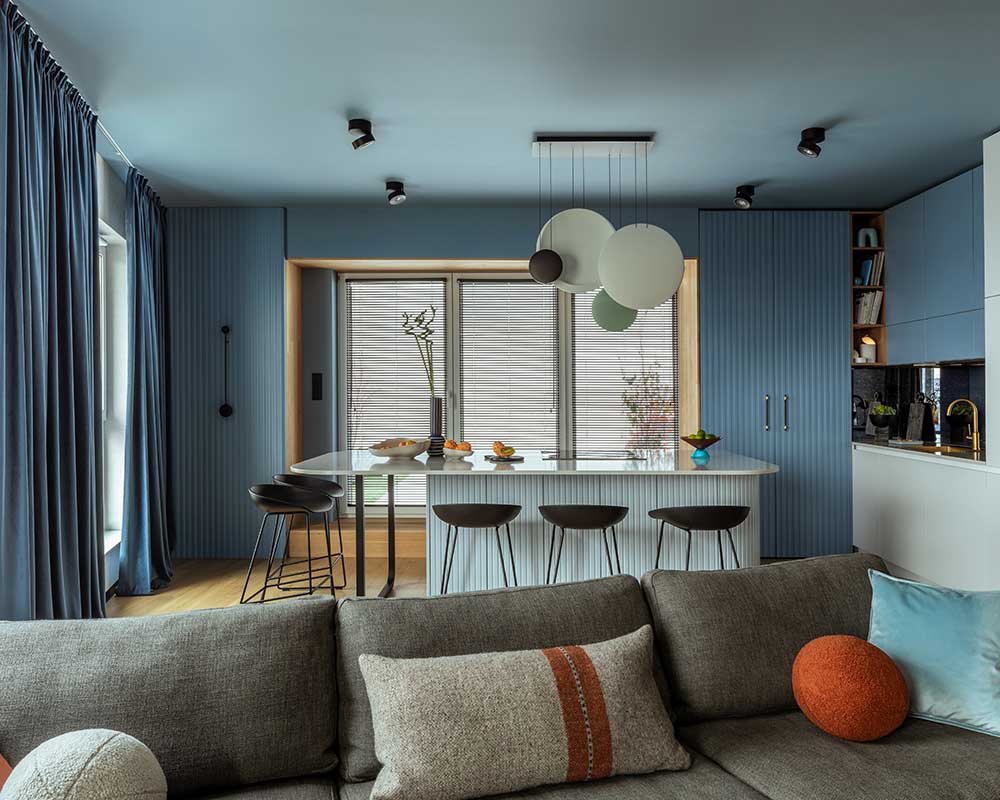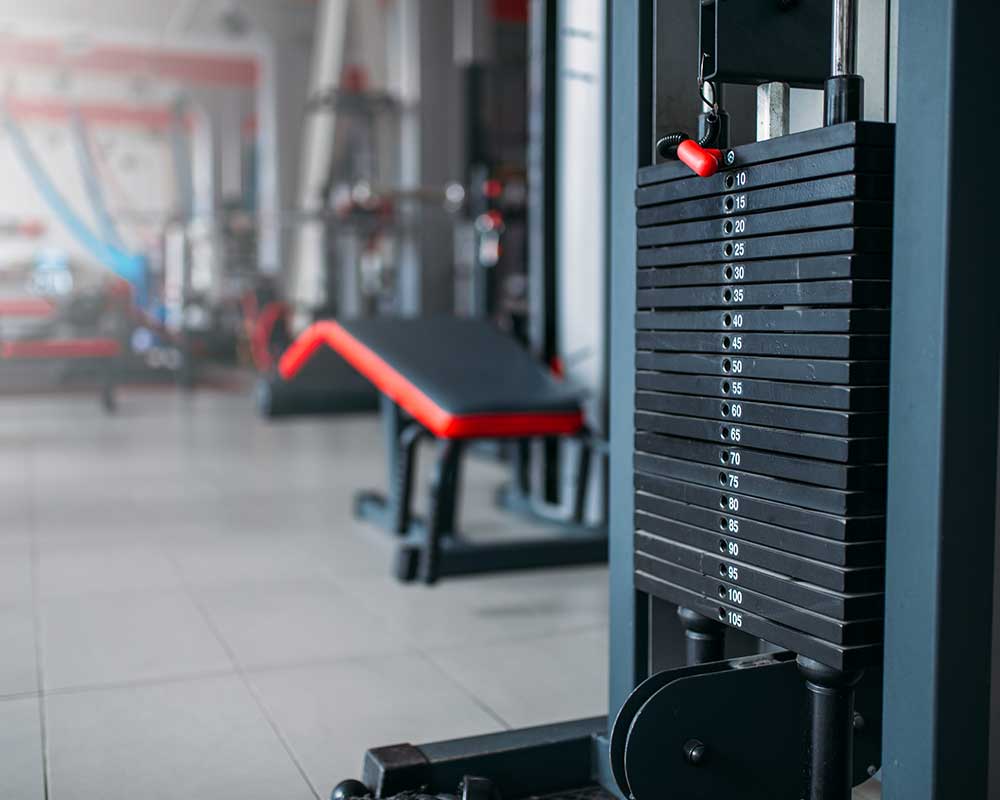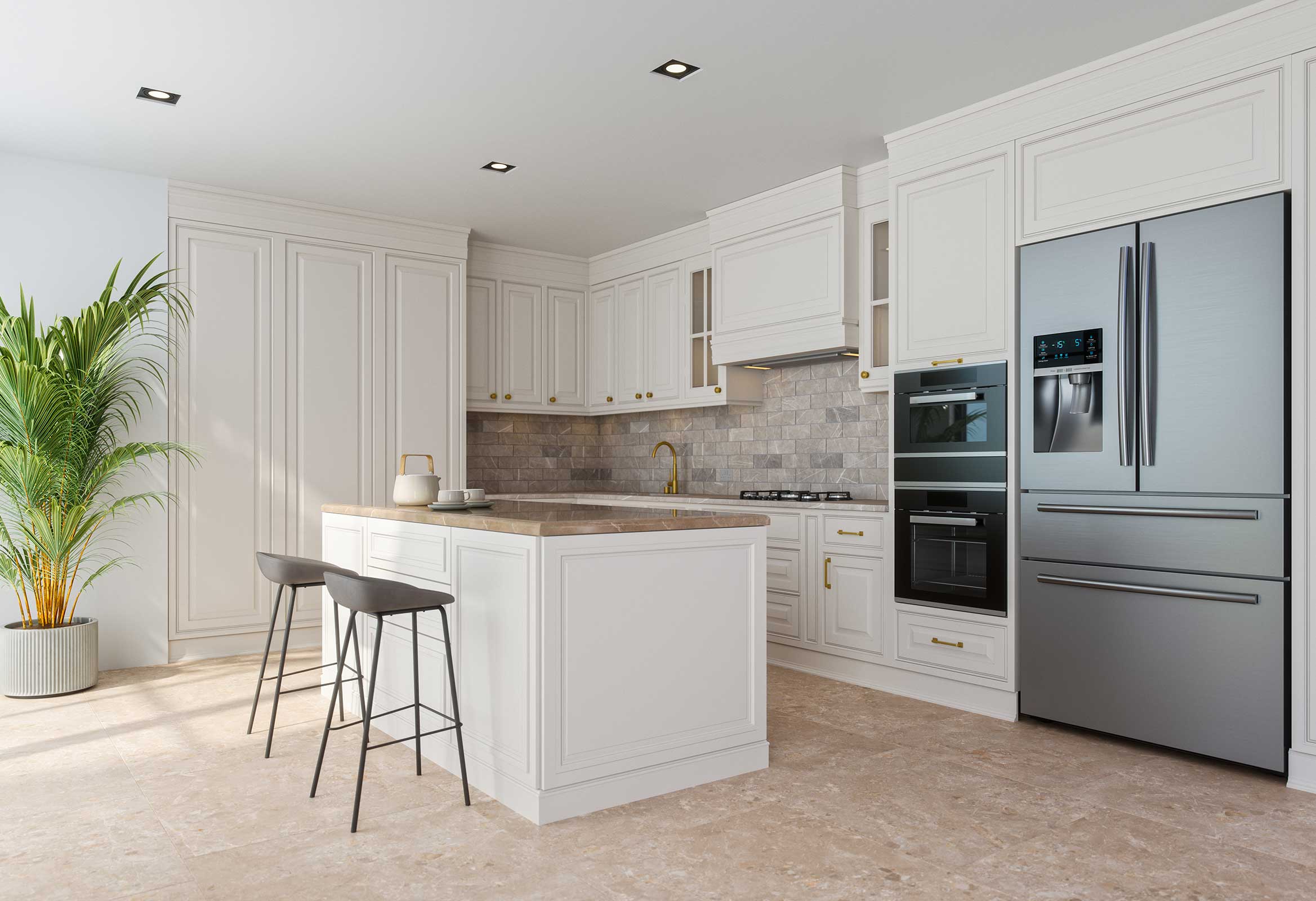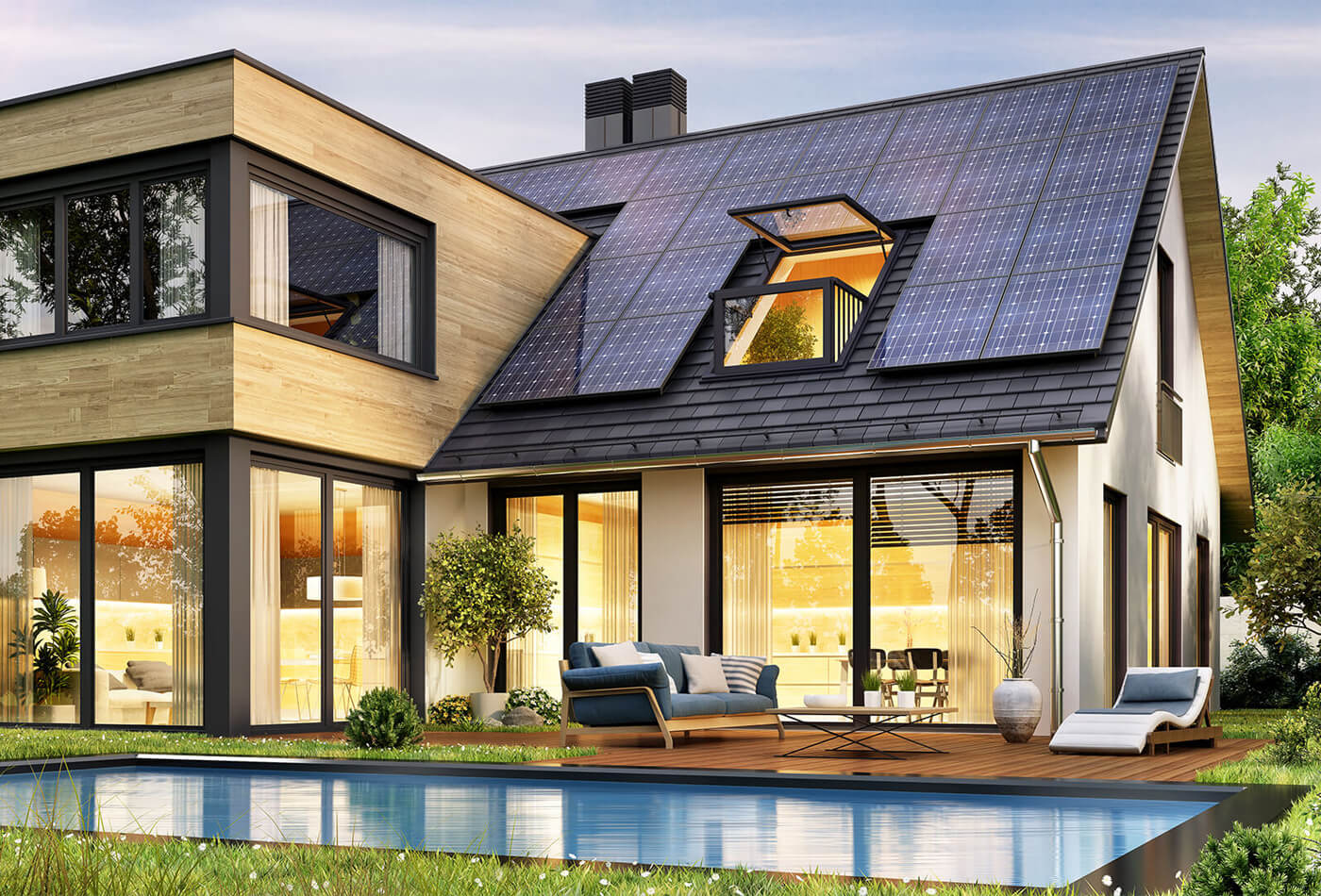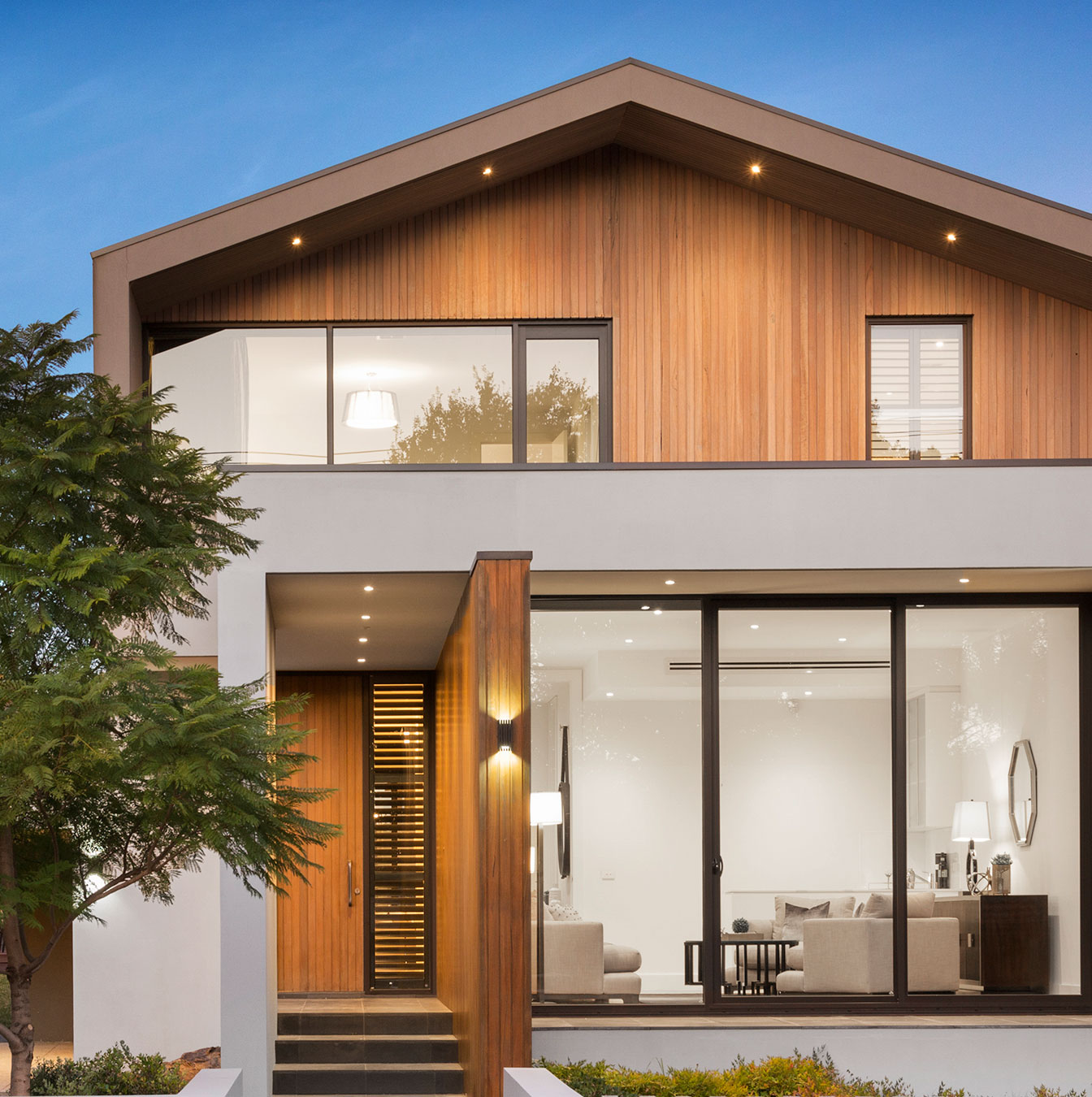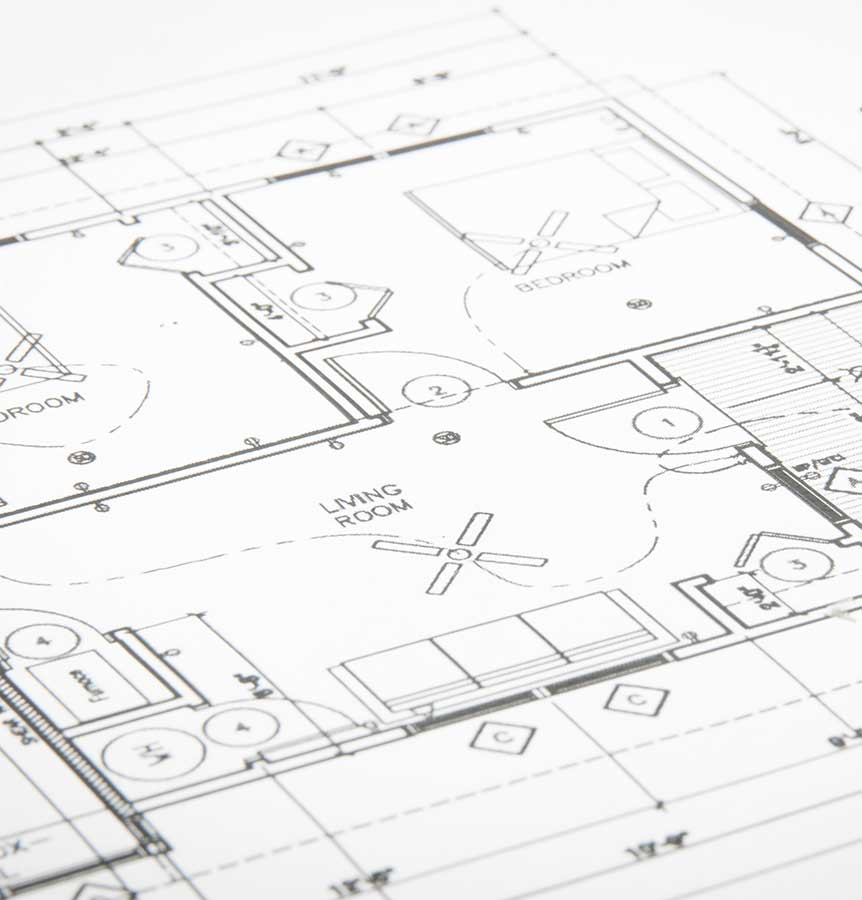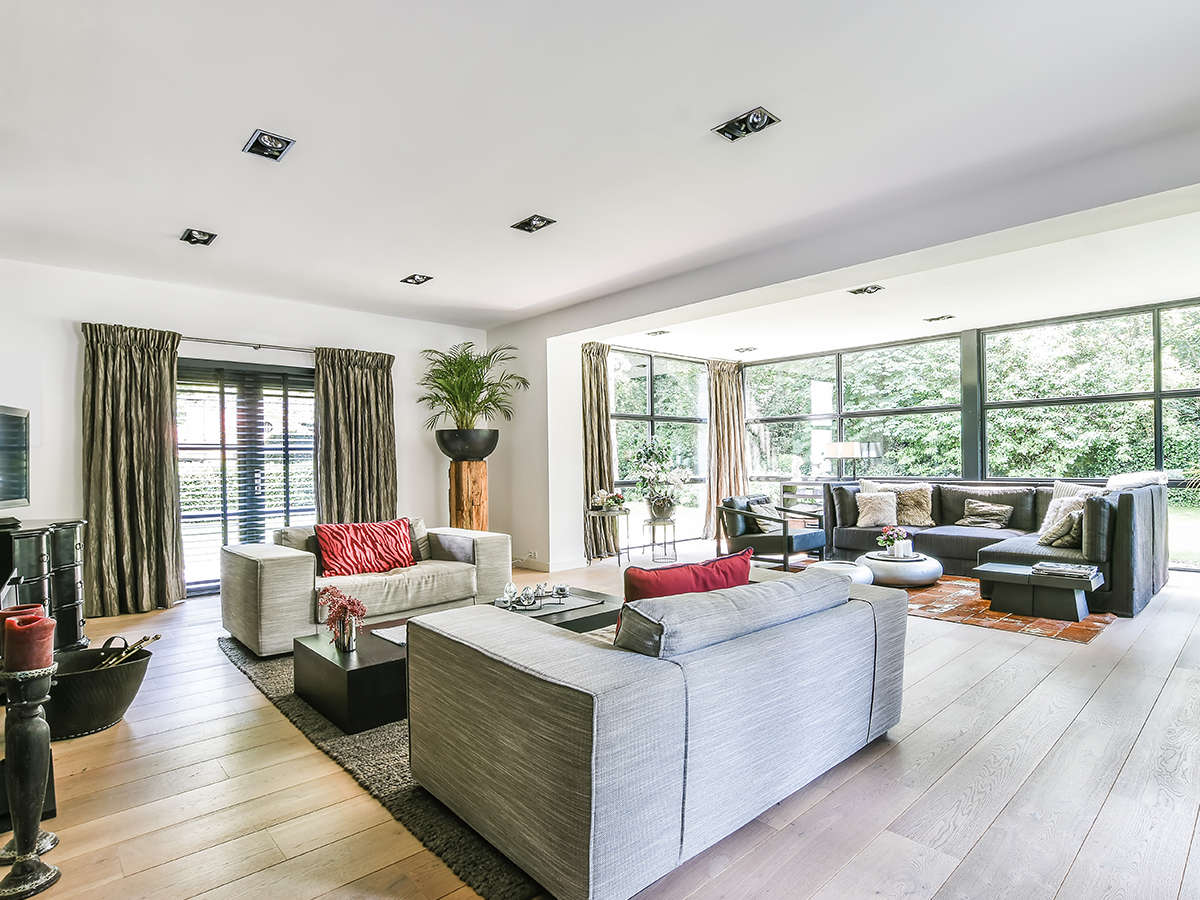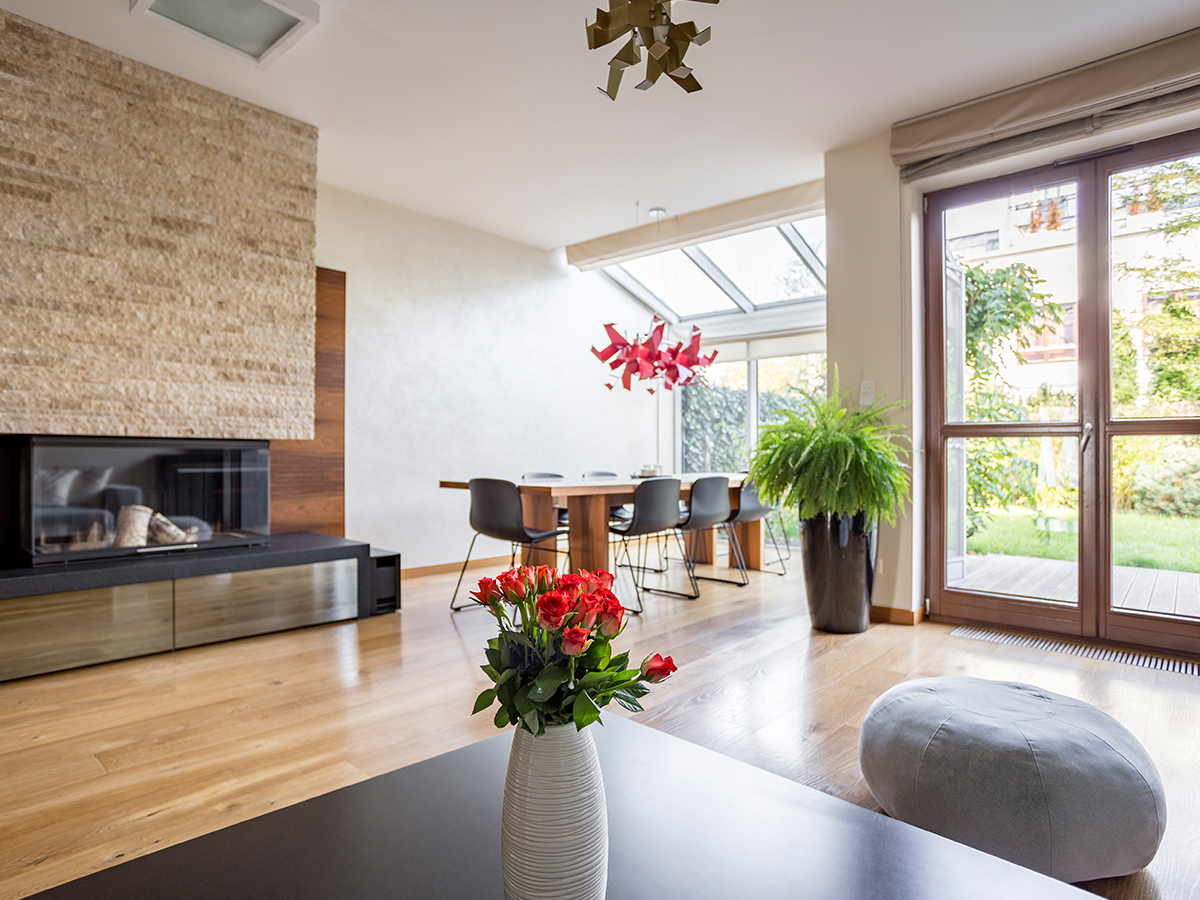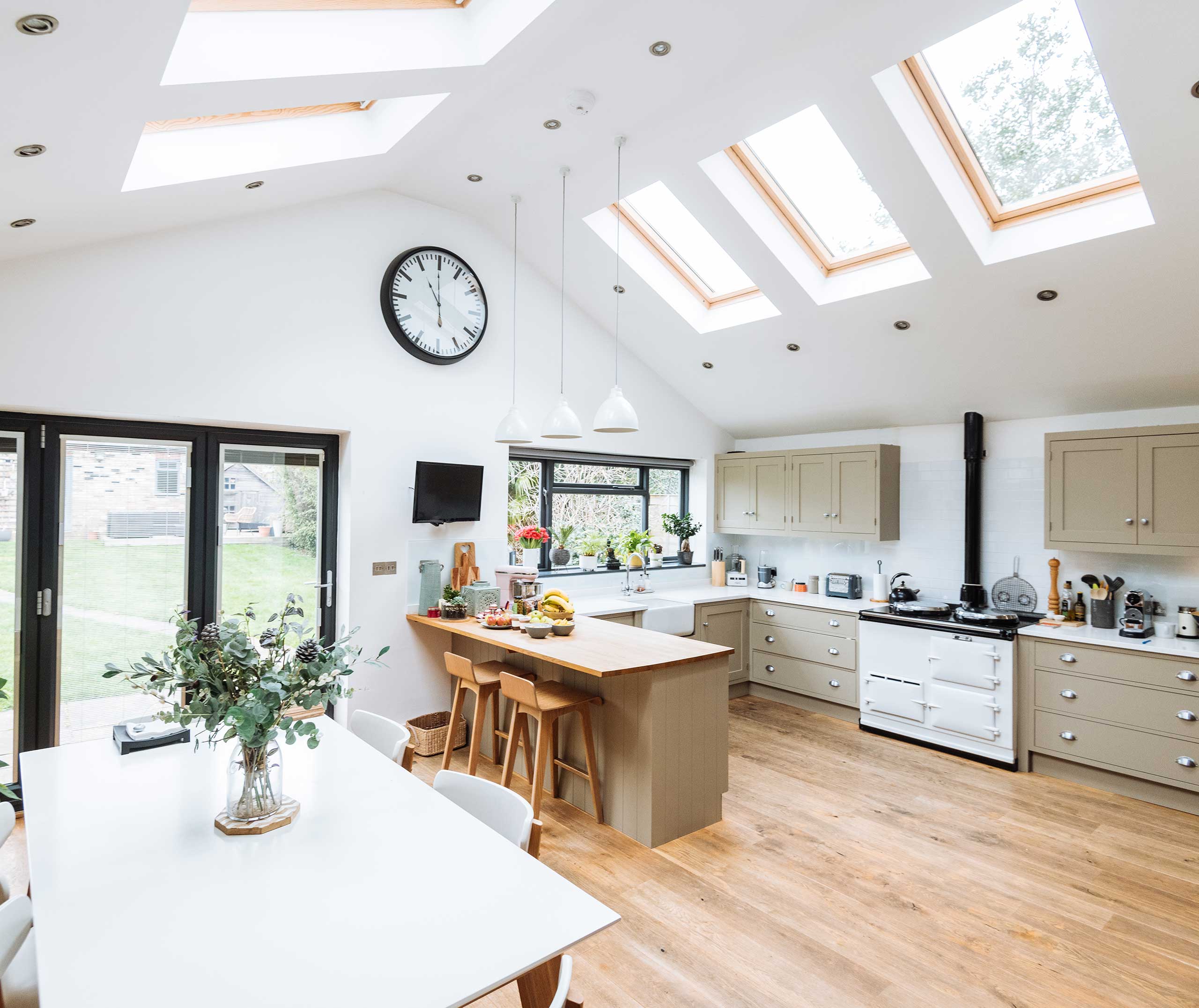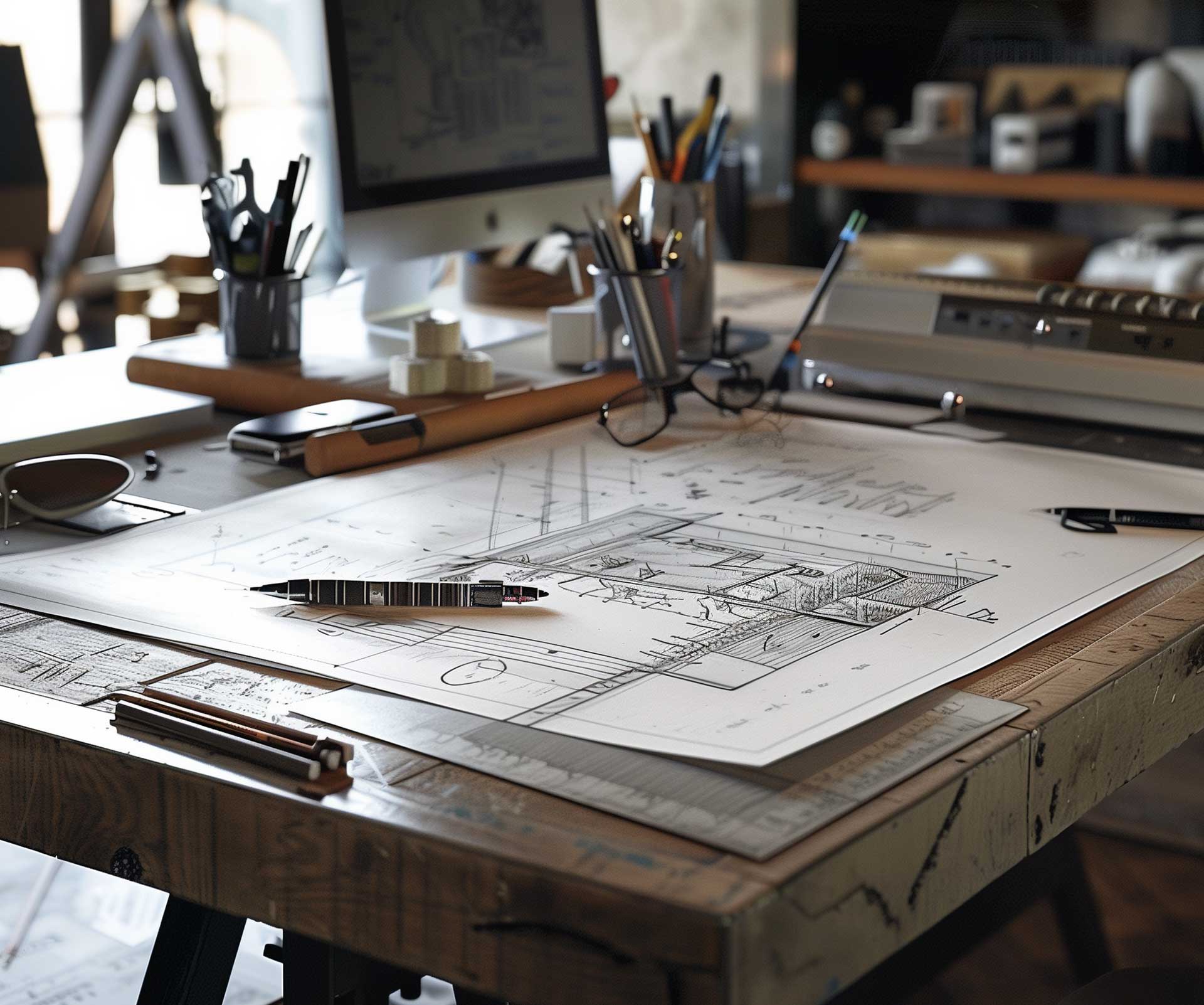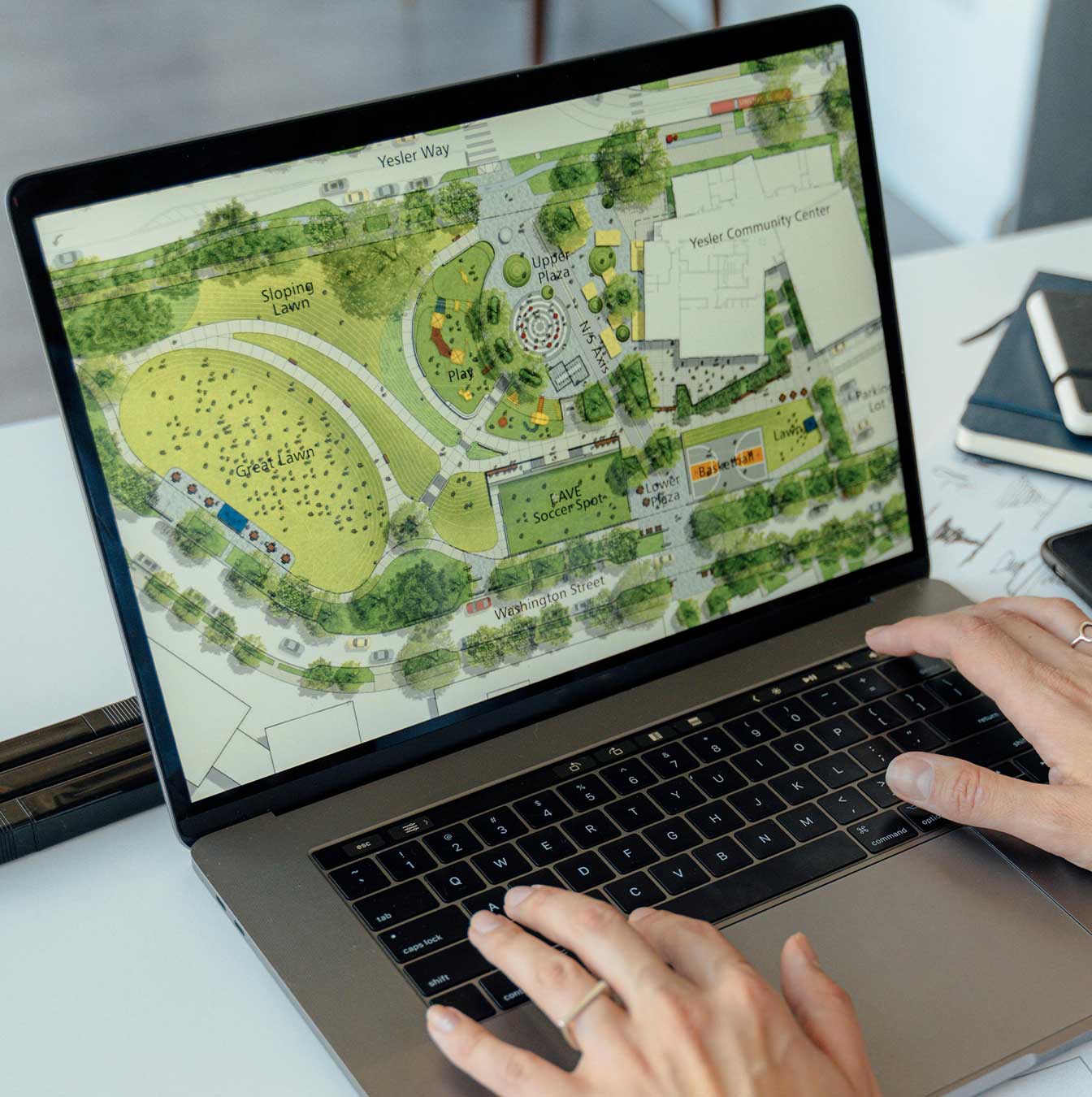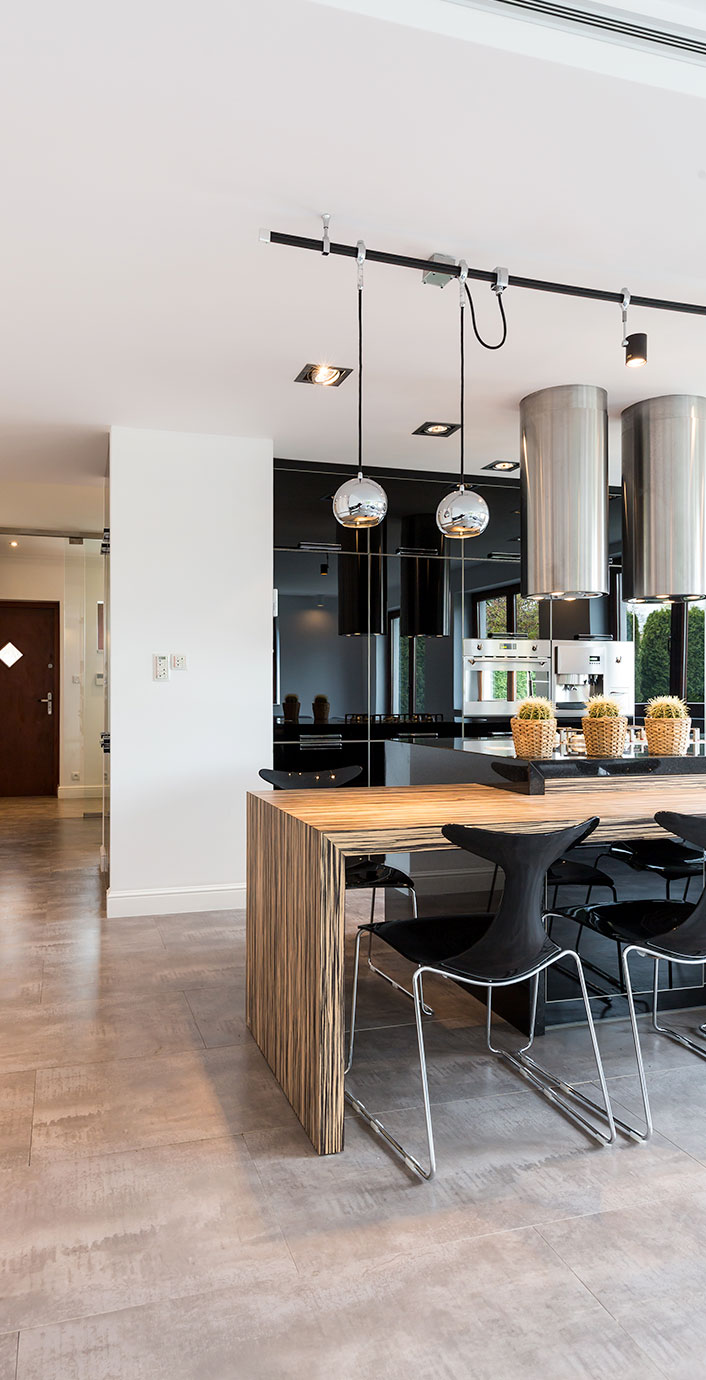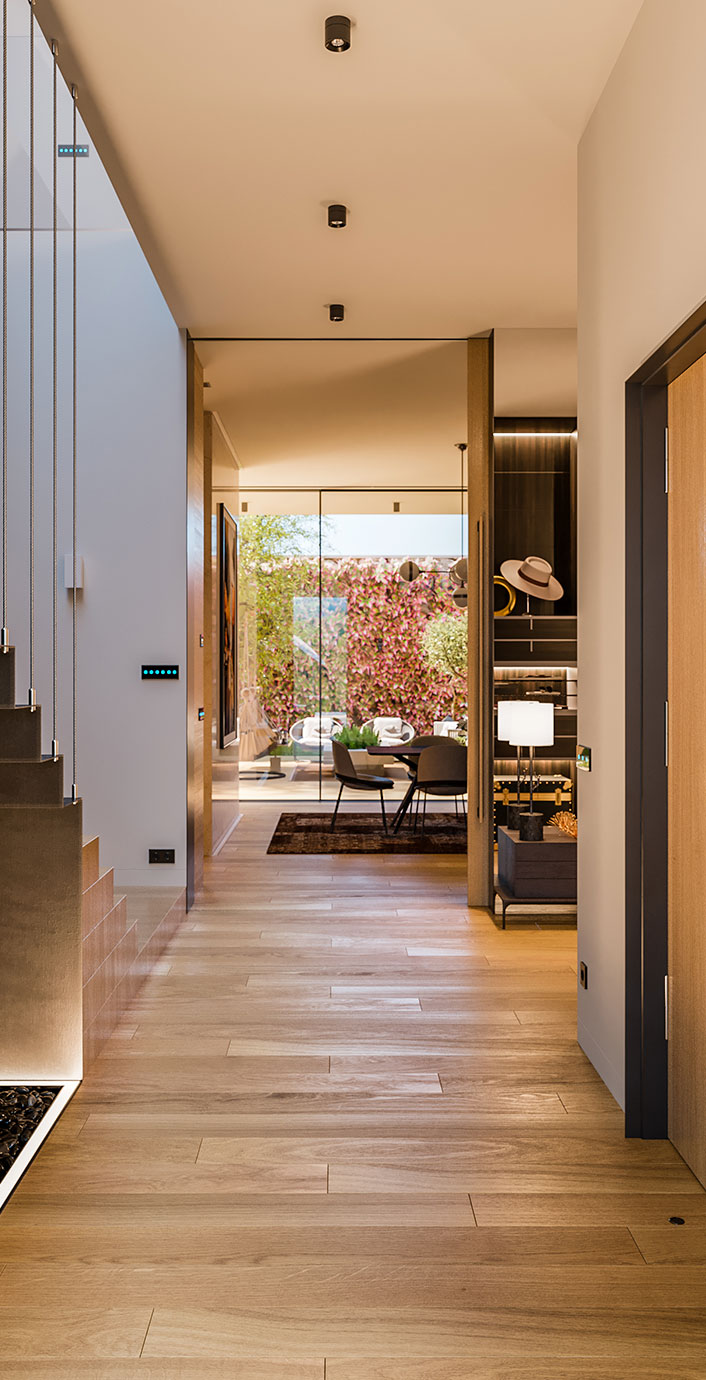Choosing the right materials for your home extension is a crucial step in ensuring your new space is both functional and visually appealing. The materials you select will affect the extension’s durability, energy efficiency, and overall aesthetic, making it essential to balance cost, sustainability, and design. Here’s a guide to help you make the best choices and how an architect can support the process.
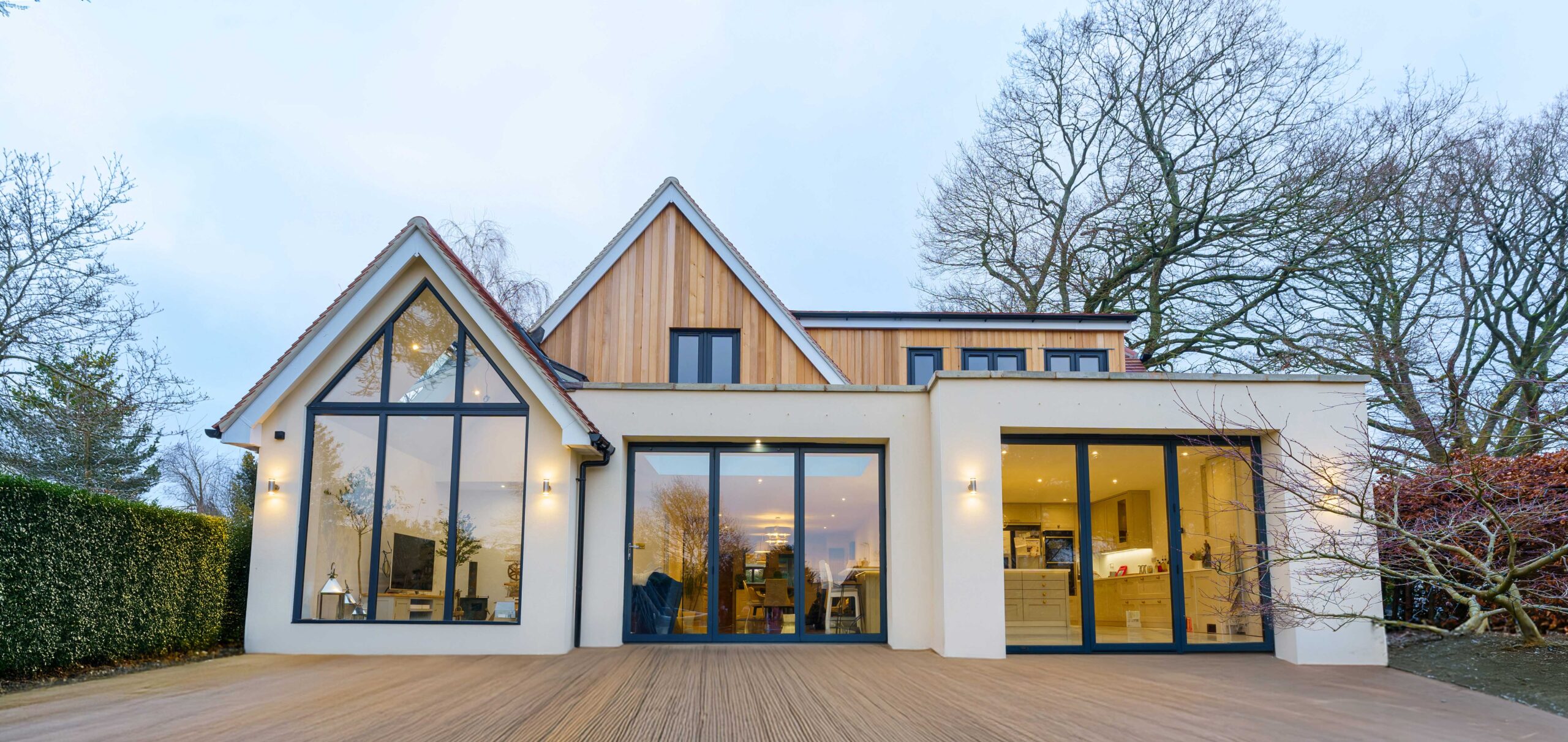
Consider Aesthetic Compatibility
Your extension should complement the existing structure of your home, whether you want a seamless blend or a striking contrast. Consider:
- Matching Materials – Using similar bricks, cladding, or roofing materials can help your extension feel like a natural part of the home.
- Contrasting Styles – A modern extension with contemporary materials, such as glass and steel, can create a bold yet harmonious addition to a traditional home.
- Texture and Finish – Matte, gloss, or natural finishes can impact the overall feel of the space. Timber cladding, exposed brick, or polished concrete can each bring a unique character.
An architect can help you explore design options to achieve the right look while maintaining cohesion with the existing property.
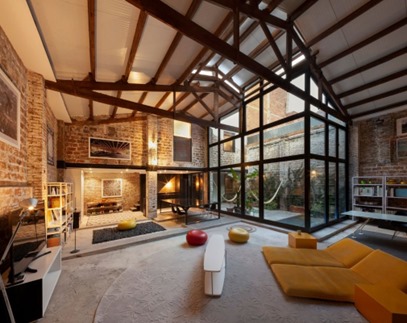
Prioritise Durability and Maintenance
Durability is key to ensuring your extension remains in excellent condition over time. Consider the longevity and maintenance needs of materials:
- Brick and Stone – Extremely durable with minimal upkeep, ideal for long-lasting extensions.
- Timber – Beautiful and sustainable but requires regular maintenance to prevent weather damage.
- Glass – Provides excellent natural light but needs cleaning and high-quality glazing for insulation.
- Render and Cladding – Can refresh an exterior’s look but may require repainting or sealing over time.
The right material choice depends on your willingness to maintain it and the local climate conditions.
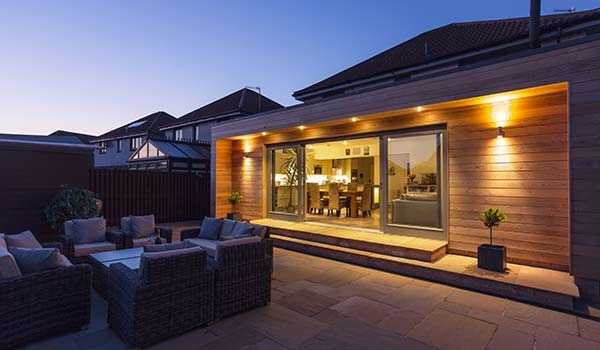
Factor in Sustainability and Energy Efficiency
Eco-friendly material choices can enhance your home’s sustainability while reducing energy costs. Consider:
- Reclaimed or Recycled Materials – Brick, wood, and steel sourced from reclaimed sources reduce environmental impact.
- Timber from Sustainable Sources – Look for FSC-certified wood to ensure responsible forestry practices.
- High-Performance Insulation – Materials like insulated concrete blocks, SIPs (structural insulated panels), and eco-friendly wool insulation help maintain energy efficiency.
- Glazing Solutions – Triple glazing and low-emissivity (low-E) glass improve thermal performance while maximising natural light.
As an architect, we can guide you towards sustainable solutions that align with your design goals and budget.

Balance Cost and Quality
Budget plays a significant role in material selection, but it’s essential to balance affordability with long-term benefits. Some cost-effective yet high-quality options include:
- Composite Cladding – Offers the appearance of timber with less maintenance.
- Engineered Wood Flooring – More affordable than solid wood but with a similar finish.
- Prefabricated Panels – Reduce labour costs and construction time while ensuring quality control.
A residential architect can help prioritise where to invest in premium materials and where cost-effective alternatives will still achieve the desired result.
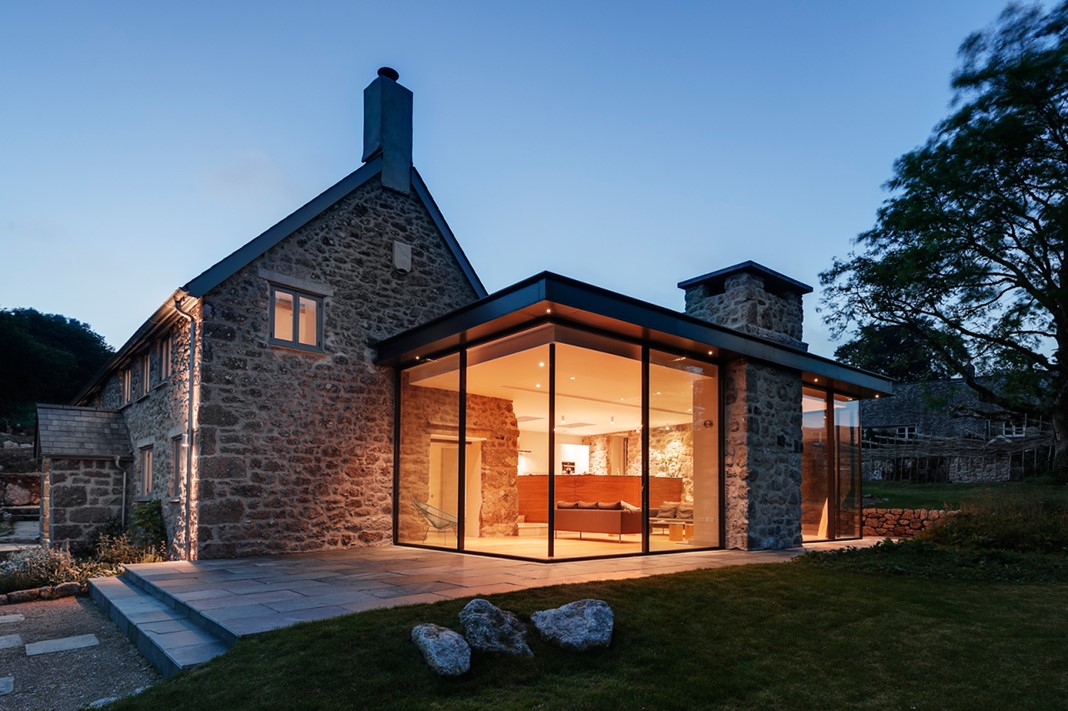
Work with an Architect for the Best Material Choices
An architect brings valuable expertise in choosing materials that balance aesthetics, durability, and sustainability. They can:
- Recommend materials suited to your home’s style and location.
- Advise on budget-friendly yet high-quality alternatives.
- Ensure compliance with building regulations and energy efficiency standards.
- Source sustainable and locally available materials to reduce environmental impact.
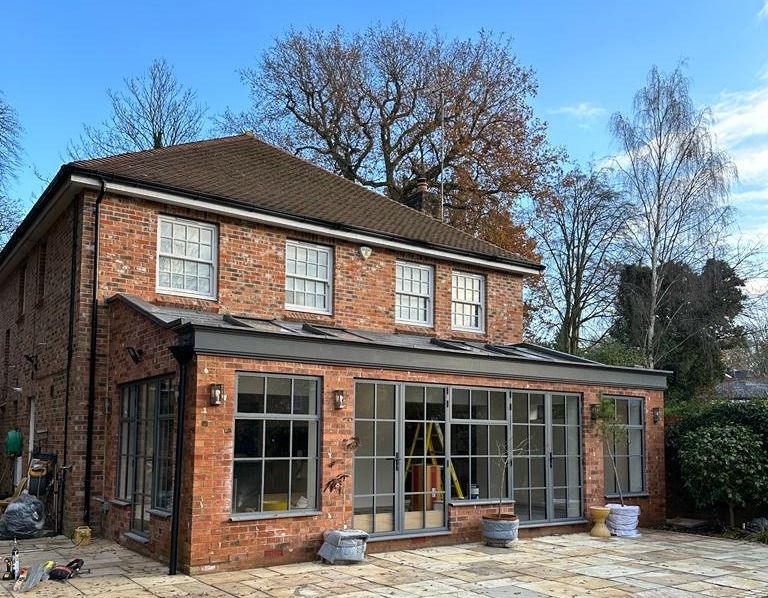
Final Thoughts
Selecting the right materials for your home extension requires careful consideration of aesthetics, durability, sustainability, and cost.
Working with a local architect ensures your extension is visually appealing, long-lasting, and energy-efficient. Thoughtful material choices will not only enhance your home’s appearance but also add value and functionality for years to come.

